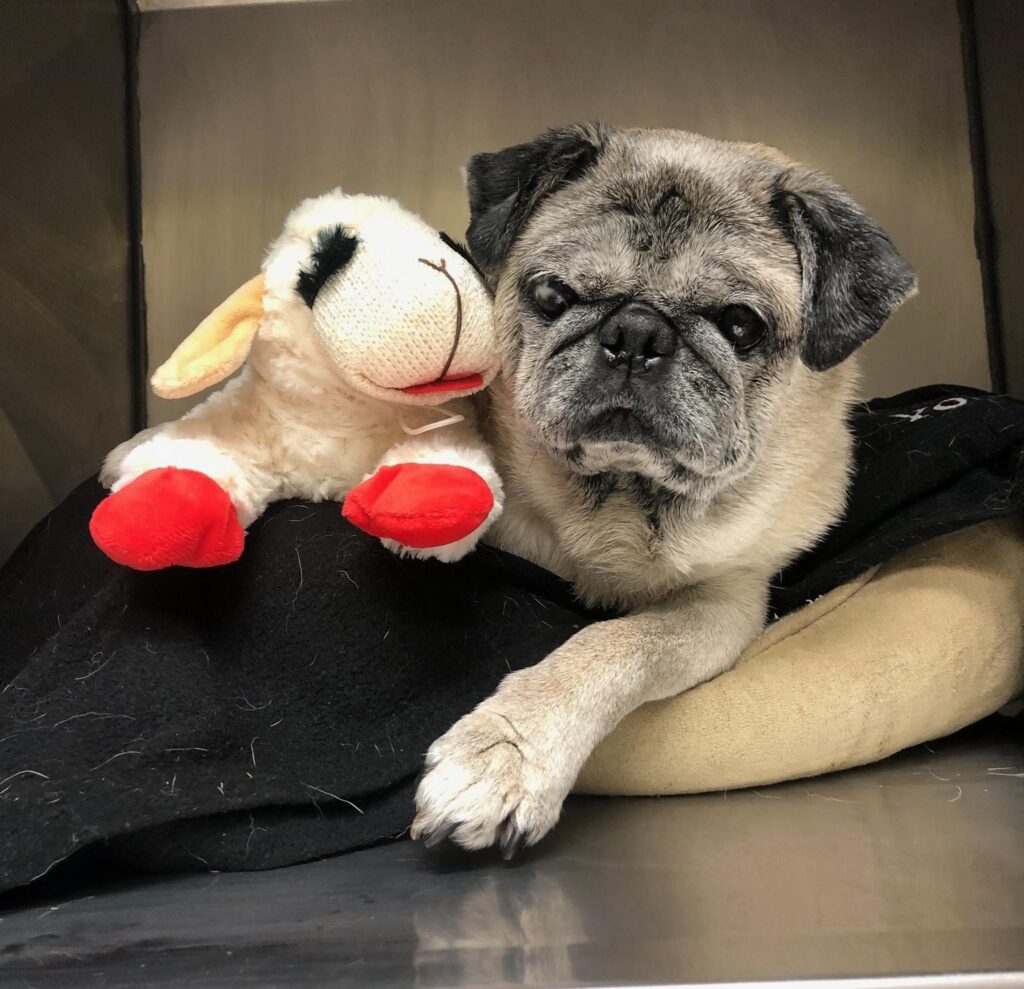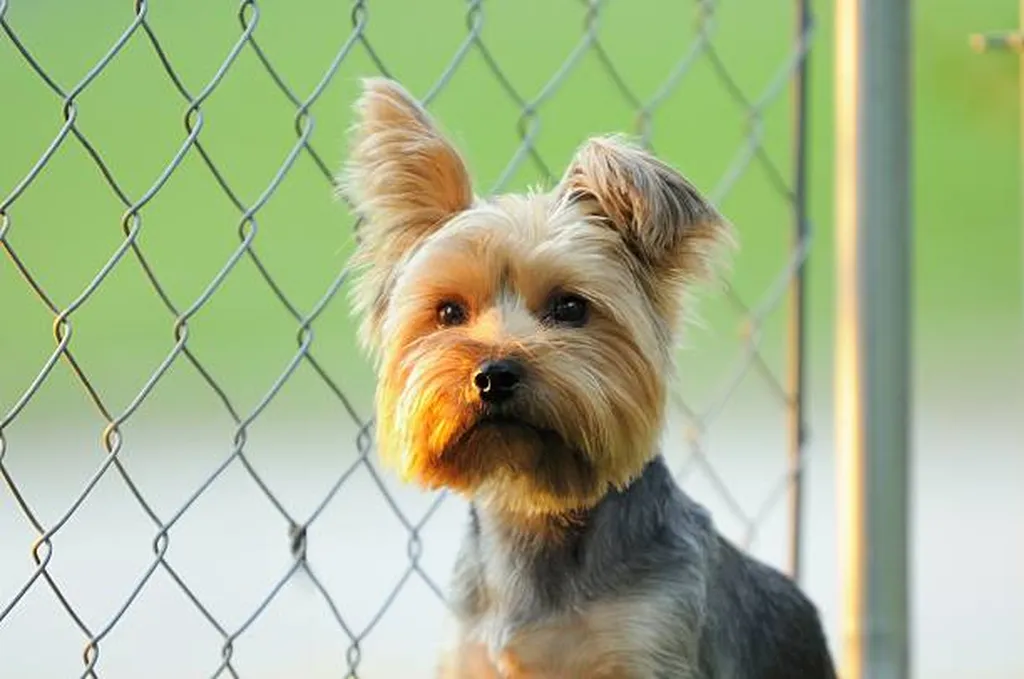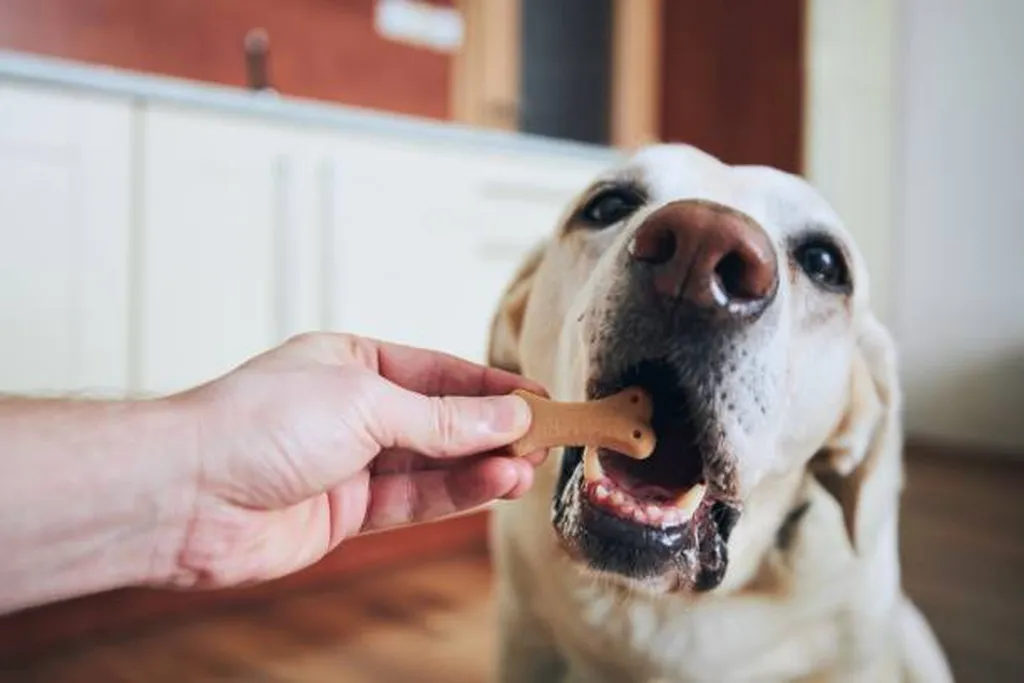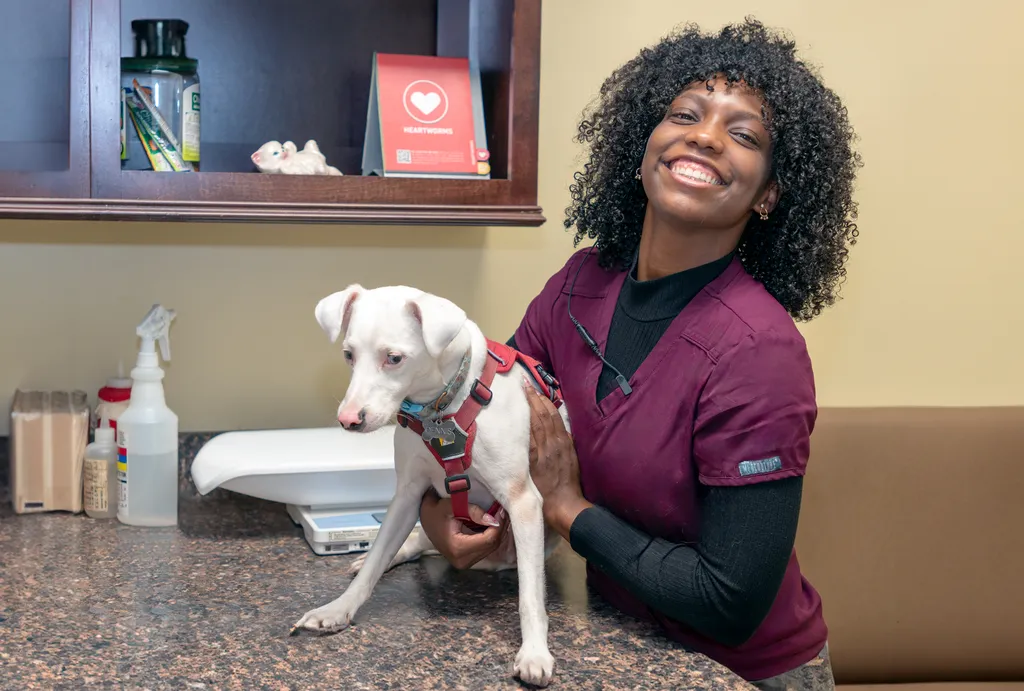For a lot of cat and dog owners, one of the chief complaints is halitosis or bad breath in their pets. Some may even make light of it by referring to it as kitty or doggy breath, but is bad breath in pets really the norm or is it a result of poor dental care?
This may come as a surprise, but pets need to have their teeth brushed, too. And, no, that expensive dental chew doesn’t excuse those daily (or at least consistent) brushings.
Like us, our pets also require dental care and examinations to avert plaque, tartar, dental diseases, and even more serious infections and conditions.
Poor Pet Dental Care and the Diseases That Follow
Periodontal disease develops in pets in the same way it does in people. Plaque begins to form due to the accumulation of food particles and bacteria. Over time, the plaque hardens and turns into tartar, which cannot be removed through brushing alone.
As tartar erodes the enamel of the teeth, the immune system responds and, eventually, inflammation can occur, along with bleeding gums, tooth decay, tooth loss, and pain. In some cases, inflammation will turn into infections that can spread to the organs of the body through the bloodstream.
In fact, chronic dental disease is linked to heart disease, kidney disease, and joint disorders.
Common signs of dental disease among pets include:
- Drooling
- Inflamed gums
- Tooth discoloration
- Pawing at the mouth
- Loose or broken teeth
- Difficulty eating
- Halitosis or bad breath
If you notice any of these signs in your best four-legged friend, schedule a dental examination to prevent further damage or negative impacts to overall health.
Taking a Bite Out of Dental Disease
So, what can you do to take better care of your pet’s teeth and gums?
It’s as simple as practicing dental care awareness and adhering to the following steps to oral health for your pet:
- Feed your pet a nutritious, high quality food that offers the right blend of meat, vegetables, grains, and fruits and is tailored to your pet’s specific nutritional needs
- Maintain those annual wellness examinations that include a thorough inspection of your pet’s teeth and gums
- Dental chews are fine, but be sure to look for the Registered Seal of approval by the Veterinary Oral Health Council (VOHC) for safe, effective products
- Brush your pet’s teeth each day using a brush designed for cats or dogs and a pet specific paste (never use human toothpaste, since it contains ingredients that can harm your pet)
- Follow up with recommended dental cleanings, which are effective in reducing the risk of dental disease and performed here at Oak Forest Veterinary Hospital
For more information about how to brush your pet’s teeth or to schedule a wellness examination, please contact us.
We look forward to seeing your pet’s bright, healthy smile!



